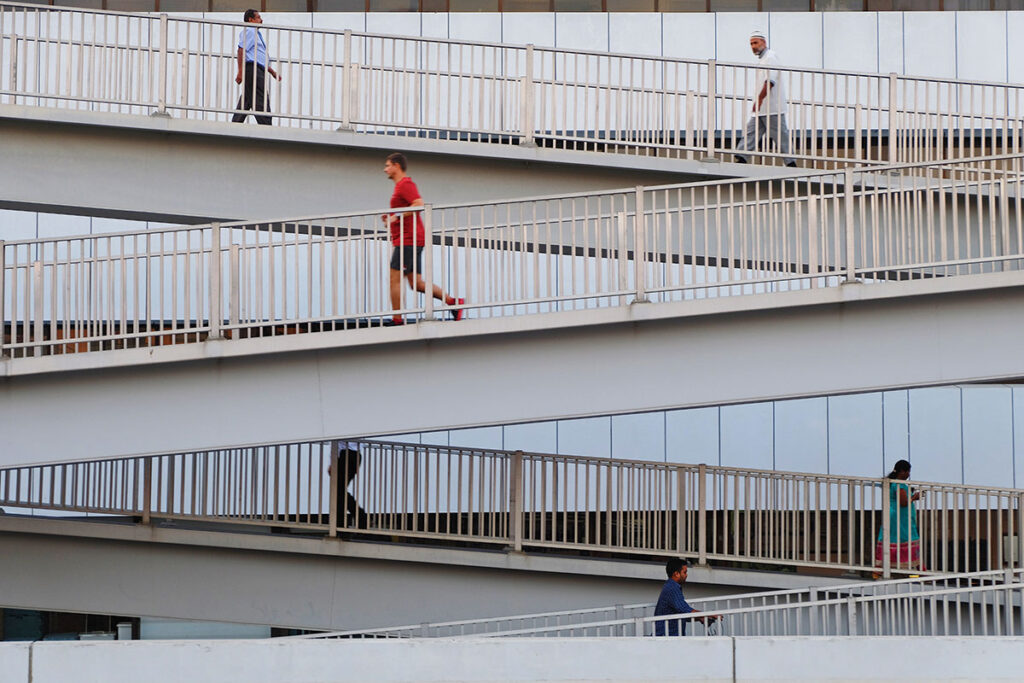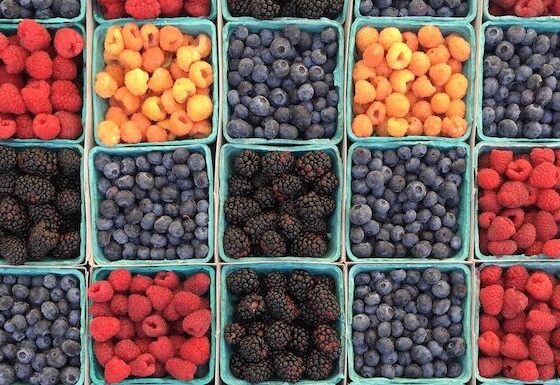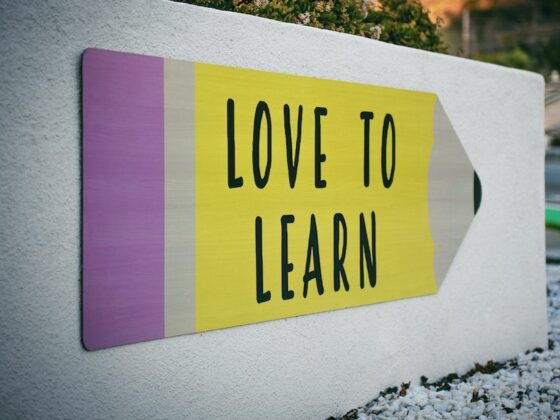Rough and smooth textures affect the speeds of objects on inclined surfaces, but how? With today’s activity, we’re going to see exactly what types of friction are the most suitable for a speedy toy car to make its descent!
What you need:
- Cardboard or other materials to make ramps
- Toys with wheels
- Textures (sandpaper, parchment paper, towel, lego building plates)
- Tape
What you do:
First, build the ramps. Set a piece of cardboard or wood at an angle, propped up by books or a tissue box, perhaps. Then, add a texture on top and roll one of the wheeled toys down the ramp. Change textures and toys periodically to see how each affects the time it takes to make it all the way down the ramp. Adjust the angle of the ramp for even more variety!
Questions to consider:
- What textures made the toys roll slow?
- What textures made the toys roll fast?
- Did the toys roll down the ramp quicker on steeper or less steep angles?
Why it works:
Adding different textures to the ramps changes the amount of friction that the toys meet on their way down. The more friction, the harder it is to roll. Additionally, the angle of the ramp matters as well! If the ramp is set at a low angle, the toy will roll less quickly than it would at a steeper angle. This is because gravity causes the toy to accelerate as it rolls down a steeper ramp, converting the potential energy it had at the top into kinetic energy at the bottom.





